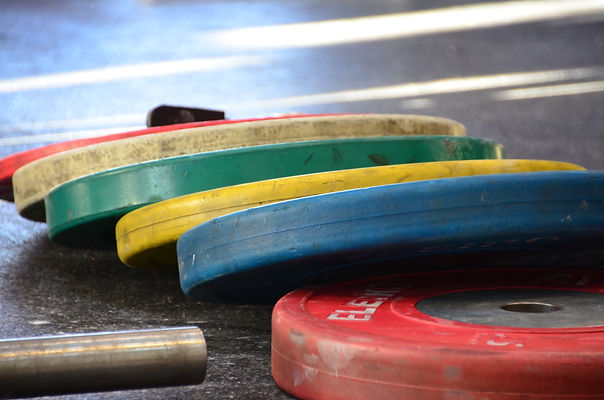Strength Coach Concussion Primer: Part II
- Dave McDowell
- Feb 13, 2016
- 2 min read
In my last post on concussions I outlined the signs and symptoms that the strength and conditioning coach should be looking for in athletes who may have suffered head trauma. I also expanded on the importance of the strength coach as the first line of defence in referring said athlete to a medical professional, for treatment. Signs, symptoms, what to look for, and return to play strategies were also presented. All of these factors are important for the strength and conditioning coach to be aware of. You can read the first part of this article [HERE]
The previous article was aimed at the athlete who has already suffered a head trauma. What about ways to minimize the risk of this event? This is perhaps the most important part where the strength and conditioning coach is needed.
Concussions are on the rise in team sports, especially football. In fact in an NCAA study football had the highest number of concussions followed by: men’s lacrosse, women’s ice hockey, men’s ice hockey, and women’s soccer respectively. It is important for the strength coach to be aware that whenever they are dealing with these sports extra measures may be needed to deal with this increased risk.

First and foremost the number one way to prevent concussions is the technique in the sport. Athletes with better technique will keep themselves in safer positions when playing their sports. In 2014 the Seattle Seahawks released a video outlining the different types of tackles that football players can use to reduce the incidence of concussions you can watch that [HERE].
Secondly essential for the strength coach to prepare the structures of the athlete so that they can dissipate the force that causes injury. Concussions are a great example of this; specified neck training can reduce the incidence of concussions. There are many ways that strength and conditioning coaches can introduce neck training into an athlete’s program. Specialized machines, bands, harnesses, manual resistance, and isometric holding have all been shown to be effective.
When programming neck training it is important to take into account all actions of the neck outlined below:FlexionMoving Head Forwards and Chin DownExtensionMoving Head Backwards and Chin UpSide FlexionTilting Head Side to SideProtrusionBringing Head and Chin ForwardRetractionBringing Head and Chin BackwardTiltRaising Chin UpwardsNodLowering Chin to ChestRotationTurning Head on Axis
The strength coach should make the effort to include neck training weekly. These exercises can be put on rest times to increase training density, or at the beginning or end of workouts.. Between one and two neck exercises daily can make a huge difference for the athlete. Some guidelines for neck training are outlined below.
Guidelines:
Train Each Neck Movement Weekly
More Reps
Longer Time Under Tension
Less Weight
Utilize Isometrics, Concentric & Eccentric Movements
Utilizing isometric holds, or Swiss ball neck bridging can be a great way to get some neck training into your program. Program a variety of specific neck exercises for your athletes using all available equipment. Make an effort to incorporate some of these exercises into your daily program to see large benefit and reduce the incidence of concussions.








Comments